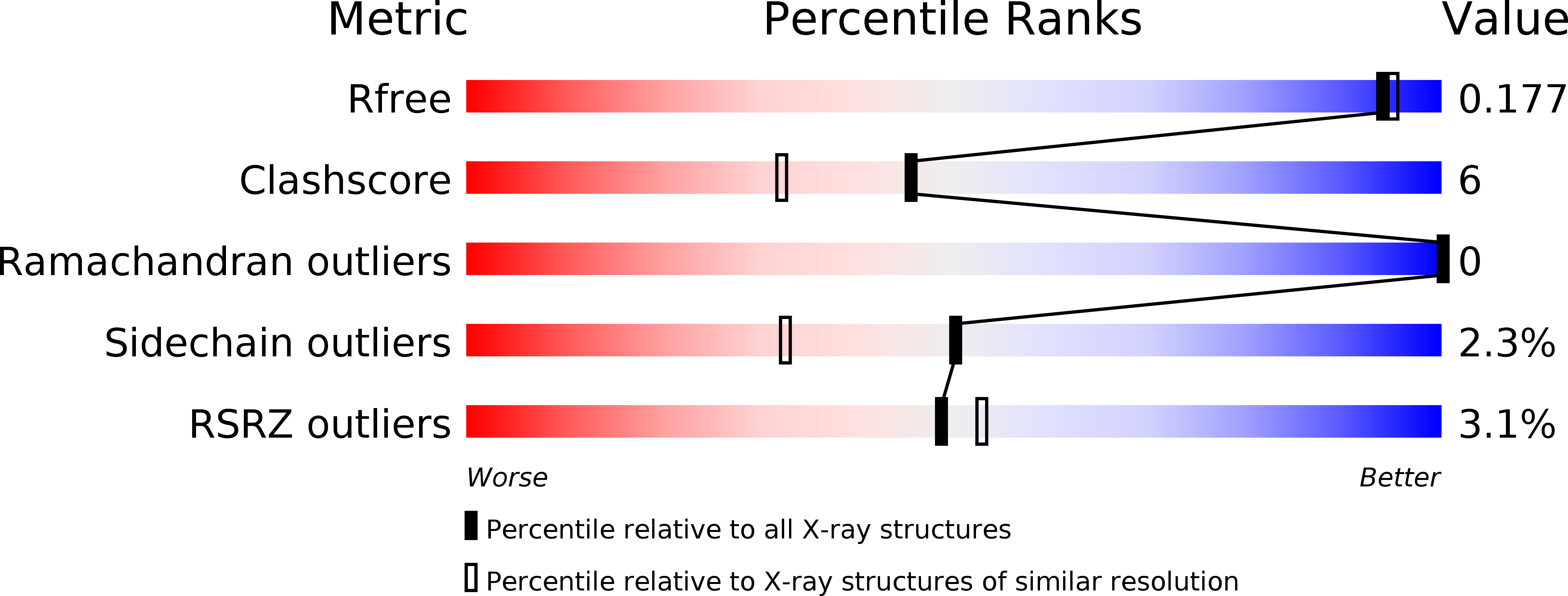
Deposition Date
2007-09-06
Release Date
2007-10-16
Last Version Date
2023-08-30
Method Details:
Experimental Method:
Resolution:
1.70 Å
R-Value Free:
0.22
R-Value Work:
0.17
R-Value Observed:
0.18
Space Group:
P 1 21 1


